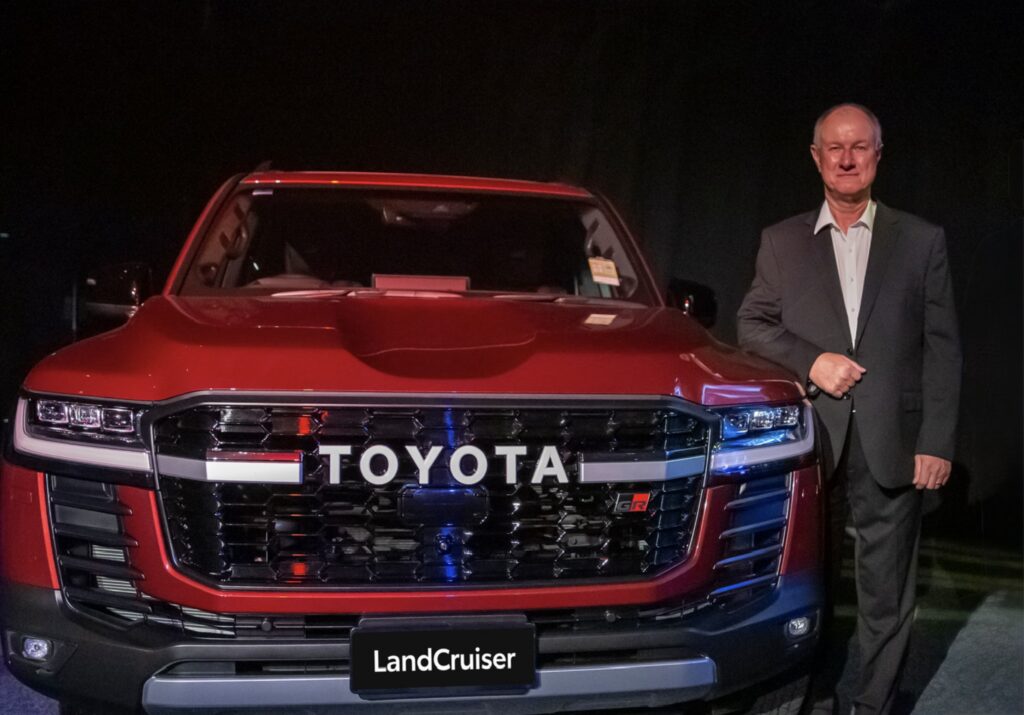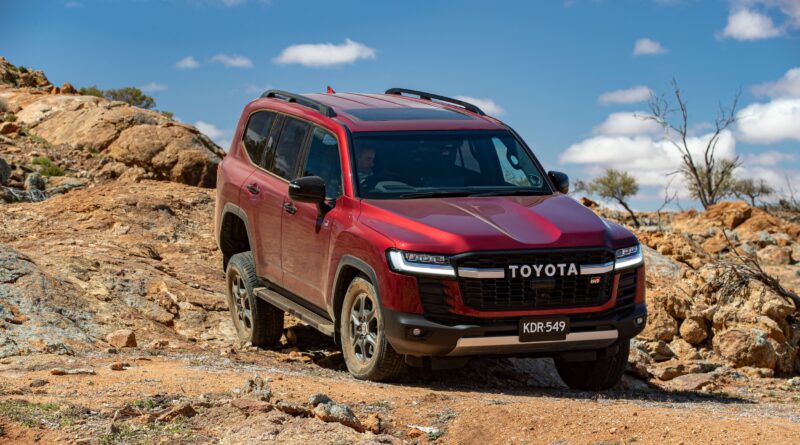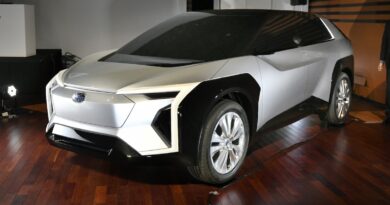Hybrid Toyota LandCruiser confirmed for 2026!
The mighty Toyota LandCruiser off-roader will go hybrid from 2026.
Toyota has confirmed its popular large four-wheel drive will pick up a petrol electric system for the first time in its 75-year history.
The new hybrid system, which will arrive in dealerships in the first half of 2026, will use a 3.5-litre twin turbo V6 petrol engine teamed to an electric motor.
While details are yet to be confirmed, it’s understood to be the same petrol electric system used in the Toyota Tundra large pickup truck that went on sale in Australia in 2024.
READ MORE: Toyota locks in futuristic Hilux and LandCruiser EV for 2026 debut in Europe
READ MORE: Toyota Hilux EV by 2030: How the heavy hitter of the ute market plans to take on China
READ MORE: Electric Toyota LandCruiser has on-road rather than off-road focus
It’s also the same hybrid slated for the upcoming Lexus LX700h, a new addition to the LX (an uber luxury version of the LandCruiser).
There’s a big catch with that hybrid system; whereas most Toyota hybrids are designed to save fuel, in the case of the Tundra and the upcoming new LandCruiser hybrid, the system is designed to boost performance.
Toyota refers to it as a “performance one-motor hybrid powertrain” rather than the dual-motor systems that were pioneered in the Prius.
“For decades, Australians have trusted the LandCruiser to get them to the furthest reaches of the country and back again – it is synonymous with Australian outback touring thanks to its incredible capability and dependability,” said Toyota Australia Vice President Sales, Marketing and Franchise Operations, Sean Hanley.
“We have always said that Toyota aims to offer the right powertrains to suit our customers, and we are excited to introduce the first performance hybrid LandCruiser next year, which will offer a level of capability never before seen on our flagship four-wheel drive.”
Toyota says the new hybrid LandCruiser will live up to the reputation of the nameplate and that it has been “extensively tested in the world’s harshest environments including the deserts and mountains of the Middle East to ensure rugged durability befitting a LandCruiser”.
In a statement released overnight the company said the LandCruiser hybrid “has been developed with true off-road capability and reliability front of mind, with the electric motor able to provide smooth and even throttle response even in the toughest of terrain”.
Toyota hasn’t released details of the new V6 hybrid system’s outputs yet, but they are likely to closely match those of the Tundra.
That means 326kW power and 790Nm of torque, which is well up on the 227kW and 700Nm that the 3.3-litre V6 twin-turbo diesel engine pumps out now.
No word on fuel use, either, although clearly the LandCruiser hybrid will use a lot more fuel than the diesel.
The Tundra doesn’t have an official Australian fuel use figure because it’s classified as a light truck.
However, in the US the Tundra V6 hybrid quotes around 12L/100km.
By comparison a diesel LandCruiser has a fuel figure of 8.9L/100km (in real world driving, both will typically use more).
The LandCruiser is a smaller, lighter vehicle so is likely to use less than the Tundra, but we’d still expect it to be into double figures.
However, the diesel engine isn’t going anywhere. The hybrid LandCruiser will sell alongside the turbo diesel LandCruiser that is still expected to account for the bulk of sales.

The addition of a hybrid system to the LandCruiser line-up is the next step in Toyota’s electrification journey.
The company has promised that all its mainstream models will have at least one electrified option by 2030.
That could include a full battery electric vehicle, a regular hybrid, a plug-in hybrid, or even a hydrogen fuel cell system.
While the addition of the performance hybrid system to the LandCruiser range kickstarts Toyotas electrified off-road journey, it’s by no means the end game.
The LandCruiser is also expected to pick up a fuel-saving hybrid system within a few years. The Japanese brand has strongly hinted that it wants more plug-in hybrids, which can drive for short distances on electricity before reverting to petrol for longer journeys.
Such a system would help Toyota reduce its overall fleet emissions, something becoming increasingly important with the imminent introduction of the New Vehicle Efficiency Standard (NVES) that kick in on July 1 and get progressively tougher until 2029.




